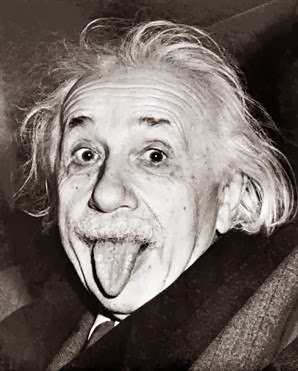Almost all of us were taught in high school and I believe it is still being taught these days that our tongue has different regions each responding to a specific taste. This is totally wrong, and moreover it is agreed now that there are five distinct tastes, four of which you know – sweet, salty, sour, bitter and the fifth is known as umami (a pleasant savoury taste, the taste of monosodium glutamate). And not yet confirmed is a sixth taste receptor for fat.
The entire tongue can sense all these tastes. The age old misinterpretation started with the work of a German scientist D. P. Hanig in 1901 who tried to measure relative sensitivity of the four basic tastes. In 1942, Edwin Boring worked with Hanig’s data plotting graphs, but the graphs were in such a way that readers were able to draw conclusions that in the regions of high sensitivity for a particular taste all other tastes (of low sensitivity) could not be sensed. The fact is that these regions have variations in sensitivities to different tastes, but the variations are infinitesimal and insensible evident from Virginia Collings re-examination of Hanig’s work in 1974.
In 2006 researchers have found that basic tastes are characteristic to distinct cells and these cells are spread across the tongue. As to the reason why this tongue map still holds a place in science textbooks baffles me!





